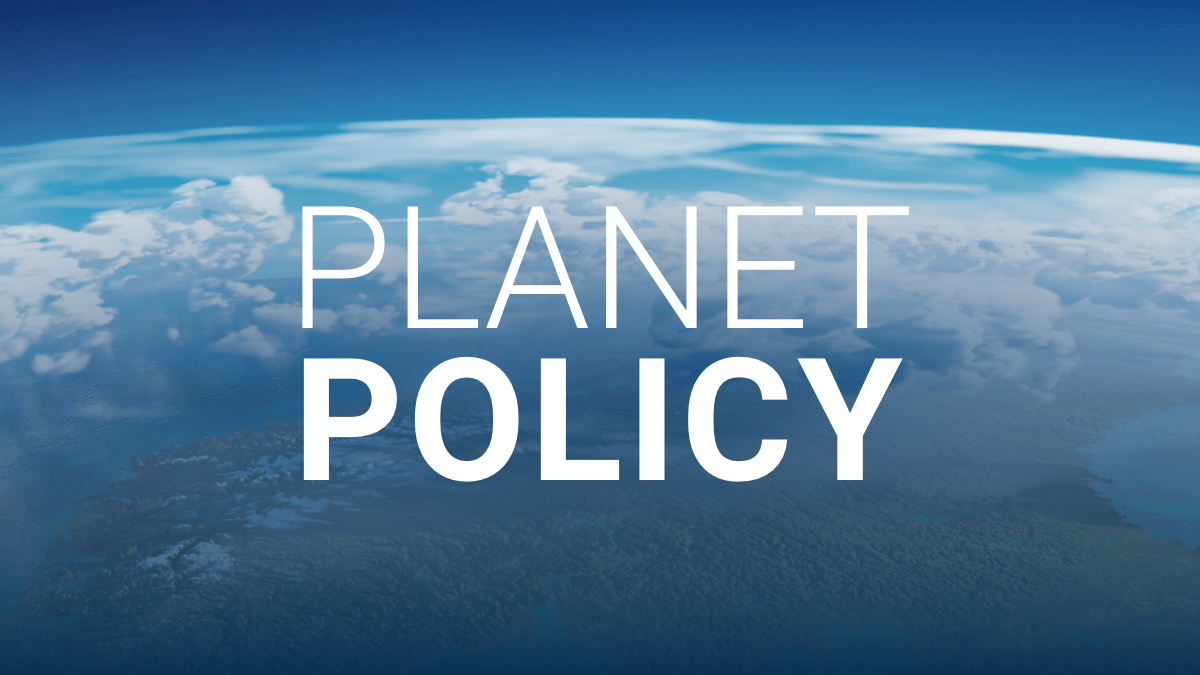The economic cost of climate change is high: an annual $12 billion increase in electricity bills due to added air conditioning; $66 billion to $106 billion worth of coastal property damage due to rising seas; and billions in lost wages for farmers and construction workers forced to take the day off or risk suffering from heat stroke or worse. By the end of the century, these costs and others put a combined price tag of hundreds of billions of dollars on climate change in the United States, according to a recent report. Fortunately, most Americans are wealthy enough to protect themselves from the worst that climate change has to offer.
This is not the case in the world’s poorest countries where climate change is projected to dramatically reduce incomes for the most affected. As just one measure, my research has shown that the effect of very hot days on mortality in India is nearly 20 times as great as in the United States where people turn up the air conditioning on hot days. Other developing countries, like Bangladesh, are expected to lose substantial fractions of their land mass due to rising water levels. For these people, confronting climate change is quite literally a matter of life or death.
We know the looming costs of climate change will weigh heavily on every country around the world in the coming decades, including the United States. The question is, what do we do about it? How do we rationalize making investments to prevent future threats to society when so many investments need to be made to prevent current threats? While complex politically, the economic case for reducing greenhouse gas emissions has always been simple: put a higher price on things that cause harm. In economic-speak, we call these “things that cause harm” negative externalities, and climate change is the ultimate negative externality. That is, when someone anywhere in the world drives their car or turns on their lights they are causing damages for everyone else in the world.
The very simple solution to this problem, which economists of all political stripes recognize and teach, is to penalize activities that cause damages to others. To date, lawmakers around the world have largely chosen to ignore this basic economic insight—the result is that we are subsidizing the activities that cause climate change by failing to put a price on carbon emissions. As a consequence, polluters all over the world are causing the climate to change in ways that pose risks to the well-being of our children, their children, and on and on.
Fortunately, in the last several years, the United States has taken significant steps in the right direction, most notably through the U.S. Environmental Protection Agency’s recent carbon rules. Other countries are also signaling their willingness to take climate change seriously, such as, importantly, China, which has incorporated pilot cap-and-trade programs into their next five-year plan. As international leaders meet in New York next week, they will have a historic opportunity to mitigate the risks posed by climate change.
I am honored to join U.S. Treasury Secretary Jacob J. Lew and former U.S. Treasury Secretary Robert E. Rubin for a Hamilton Project forum on the economic costs of climate change, on Monday, September 22nd. The discussion will be live webcast, and you can register to watch by clicking here. There is also limited seating available.
The Brookings Institution is committed to quality, independence, and impact.
We are supported by a diverse array of funders. In line with our values and policies, each Brookings publication represents the sole views of its author(s).




Commentary
Paying the Cost of Climate Change
September 19, 2014